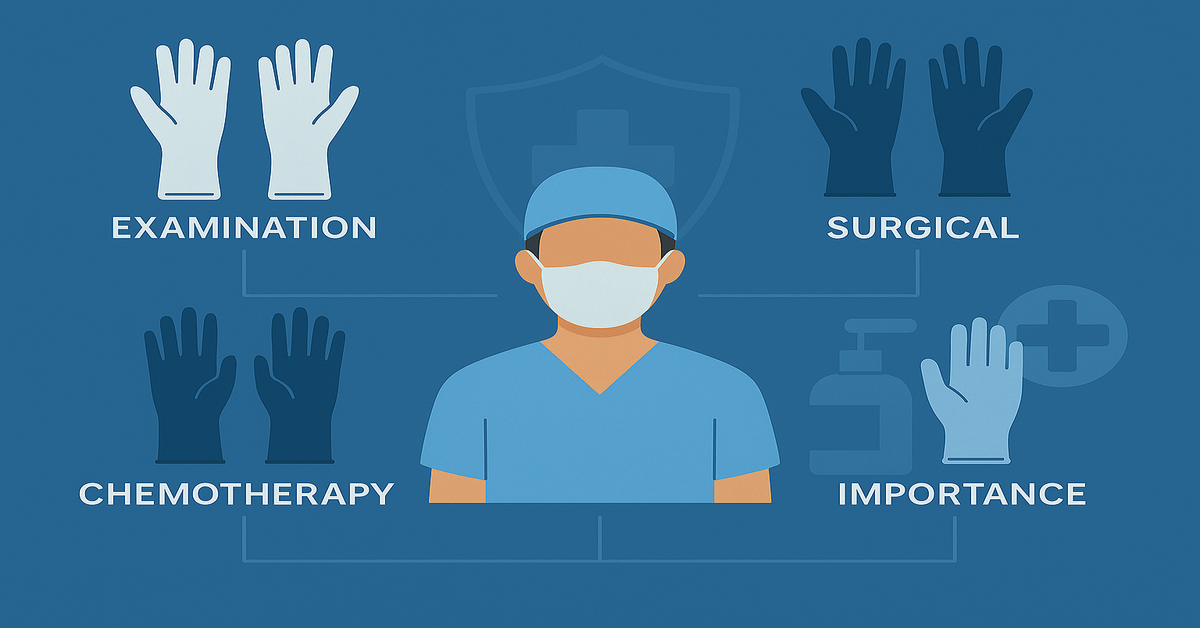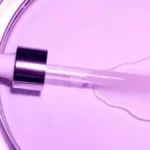Medical gloves, often simply called doctor’s gloves, are indispensable tools in modern healthcare settings. These seemingly simple barriers between healthcare providers and patients play a crucial role in infection control, patient safety, and the overall success of medical procedures. From general check-ups to complex surgeries, gloves protect both doctors and patients from cross-contamination and the transmission of pathogens.
This article explores the various types of doctor’s gloves, their applications, materials, innovations, proper usage, and their irreplaceable role in healthcare.
The Evolution of Doctor’s Gloves
A Brief History
Medical gloves have come a long way since their inception in the late 19th century. Dr. William Stewart Halsted is often credited with introducing rubber gloves into surgical procedures at Johns Hopkins Hospital in the 1890s. Initially designed to protect nurses’ hands from harsh disinfectants, gloves soon became essential for preventing infections.
Modern Advancements
Today’s doctor’s gloves are the product of over a century of innovation, offering improved comfort, durability, tactile sensitivity, and hypoallergenic options.
Types of Doctor’s Gloves
Examination Gloves
Purpose
Used during non-invasive patient exams to prevent contamination.
Features
- Single-use.
- Lightweight.
- Usually powdered or powder-free for easy donning.
Surgical Gloves
Purpose
Designed for use during surgical procedures.
Features
- Sterile.
- Precisely sized for a snug fit.
- Enhanced tactile sensitivity.
Chemotherapy Gloves
Purpose
Provide protection when handling chemotherapeutic agents.
Features
- Tested against hazardous drugs.
- Thicker and more resistant than standard gloves.
Specialty Gloves
Radiological Gloves
- Lead-lined gloves used during procedures involving radiation.
Autopsy Gloves
- Extra-thick gloves designed for post-mortem examinations.
Materials Used in Doctor’s Gloves
Latex
Pros
- Excellent elasticity.
- High tactile sensitivity.
- Biodegradable.
Cons
- Can cause allergic reactions in some individuals.
Nitrile
Pros
- Latex-free, reducing allergy risks.
- High puncture resistance.
- Good chemical resistance.
Cons
- Slightly less tactile sensitivity compared to latex.
Vinyl
Pros
- Cost-effective.
- Suitable for low-risk tasks.
Cons
- Less durable and lower chemical resistance.
Neoprene
Pros
- Latex-free.
- Good chemical and puncture resistance.
Cons
- Generally more expensive.
Choosing the Right Gloves
Assessing the Task
Different medical tasks require different glove properties. For example:
- Surgery: High dexterity and barrier protection.
- Examinations: Basic protection and comfort.
- Chemotherapy: Chemical resistance.
Considering Allergies
Selecting latex-free options like nitrile or neoprene is essential when latex allergies are a concern.
Sizing and Fit
Proper glove sizing ensures comfort and dexterity. Gloves that are too tight may tear, while loose gloves may impede precision.
The Importance of Gloves in Healthcare
Infection Control
Gloves create a barrier that reduces the risk of transmission of infectious agents between healthcare workers and patients.
Protection for Healthcare Workers
By minimizing direct contact with bodily fluids, chemicals, and potentially contaminated surfaces, gloves protect healthcare workers from occupational hazards.
Enhancing Patient Confidence
The visible use of gloves reassures patients about the hygiene practices of healthcare providers.
Innovations in Doctor’s Gloves
Antimicrobial Gloves
Incorporate antimicrobial agents to provide an extra layer of protection against microbes.
Enhanced Grip and Sensitivity
Modern gloves feature textured surfaces and advanced materials that improve grip and maintain tactile sensitivity even when wet.
Eco-Friendly Options
Some manufacturers now offer biodegradable gloves to address environmental concerns associated with disposable gloves.
Smart Gloves
Emerging technologies include gloves with integrated sensors that can monitor vital signs or provide feedback during procedures.
Proper Use and Disposal
Donning Gloves
- Wash hands before putting on gloves.
- Inspect gloves for tears or defects.
During Use
- Avoid touching non-sterile surfaces.
- Change gloves between patients and tasks.
Removing Gloves
- Peel off from the wrist without touching the skin.
- Dispose of properly in designated waste containers.
Hand Hygiene
Always perform hand hygiene after removing gloves.
Common Misconceptions
Gloves Replace Handwashing
False. Hand hygiene is essential before and after glove use.
One Glove Fits All Tasks
Different procedures require different glove types for optimal protection and performance.
Double Gloving Is Always Necessary
Double gloving is recommended in high-risk situations, but not required for routine examinations.
Environmental Impact
Waste Concerns
The widespread use of disposable gloves contributes to medical waste.
Solutions
- Use of biodegradable materials.
- Development of reusable gloves for specific applications.
Gloves Beyond the Doctor’s Office
Dental Practices
Dentists use gloves for examinations, procedures, and handling instruments.
Laboratories
Lab technicians rely on gloves for handling chemicals and biological materials.
Emergency Responders
Paramedics and emergency medical technicians use gloves to protect themselves and patients in unpredictable environments.
Veterinary Medicine
Veterinarians use gloves for examinations and surgeries on animals.
Cultural and Psychological Aspects
Symbol of Cleanliness and Professionalism
Gloves are universally recognized symbols of cleanliness and professional medical practice.
Patient Perception
The use of gloves can influence patient perceptions of care quality and provider competence.
Challenges in Glove Use
Supply Chain Issues
Pandemics and natural disasters can disrupt glove supplies, leading to shortages.
Cost Considerations
Balancing cost with quality and protection is an ongoing challenge for healthcare facilities.
Skin Irritation
Prolonged glove use can cause skin irritation or dermatitis, requiring the use of specialized gloves or skin protection strategies.
Future Outlook
Material Innovation
Continued research into materials that offer better protection, comfort, and environmental sustainability.
Technological Integration
Development of smart gloves with diagnostic and monitoring capabilities.
Improved Manufacturing Processes
Efforts to streamline glove production while maintaining quality and reducing environmental impact.
Conclusion
Doctor’s gloves are a cornerstone of modern healthcare, playing a critical role in protecting both healthcare workers and patients. The wide variety of glove types and materials reflects the diverse needs of medical practice, from routine examinations to high-risk surgical procedures. As technology advances, gloves are becoming more comfortable, effective, and even environmentally friendly. Proper glove use, combined with hand hygiene and other infection control practices, continues to be essential in maintaining safety and trust in healthcare settings.
FAQs
1. What are the main types of doctor’s gloves?
The main types include examination gloves, surgical gloves, chemotherapy gloves, and specialty gloves like radiological or autopsy gloves.
2. Which glove material is best for allergy prevention?
Nitrile and neoprene gloves are excellent latex-free alternatives that help prevent allergic reactions.
3. Are there reusable doctor’s gloves?
While most medical gloves are single-use, certain specialty gloves, especially for non-sterile tasks, may be reusable if designed accordingly.
4. Do gloves eliminate the need for handwashing?
No. Hand hygiene is essential before and after glove use to prevent contamination.
5. What innovations are improving medical gloves?
Advances include antimicrobial coatings, improved grip, eco-friendly materials, and even gloves with integrated smart sensors.
6. How should used gloves be disposed of?
Used gloves should be disposed of in designated medical waste containers following proper removal techniques to avoid contamination.











